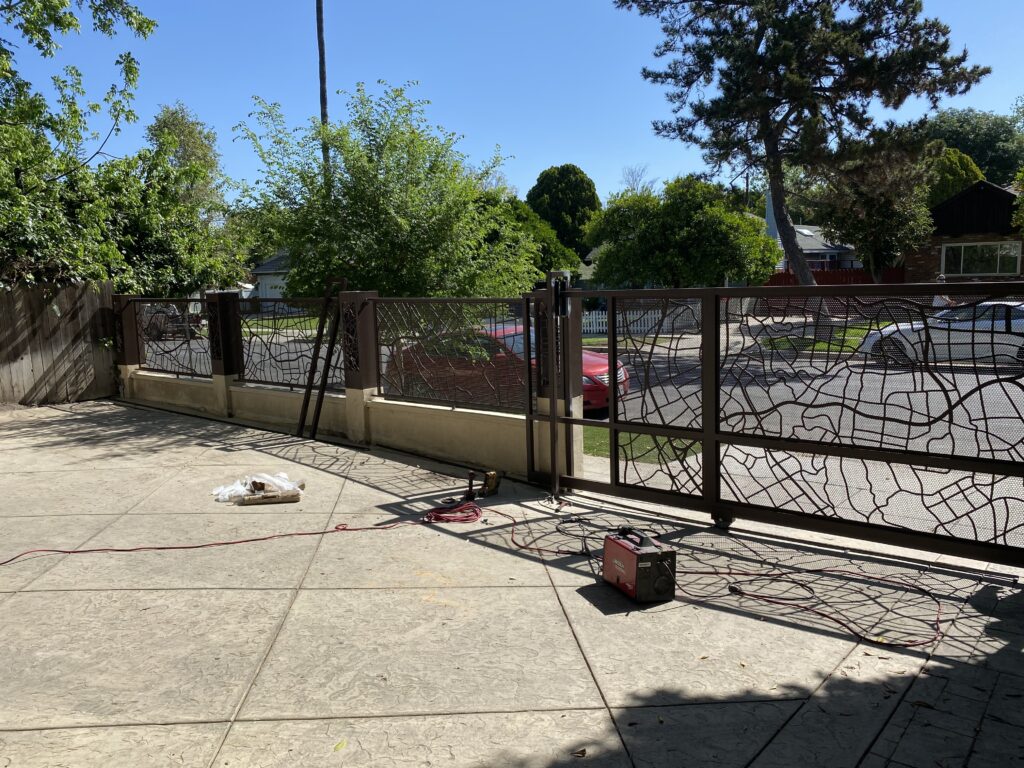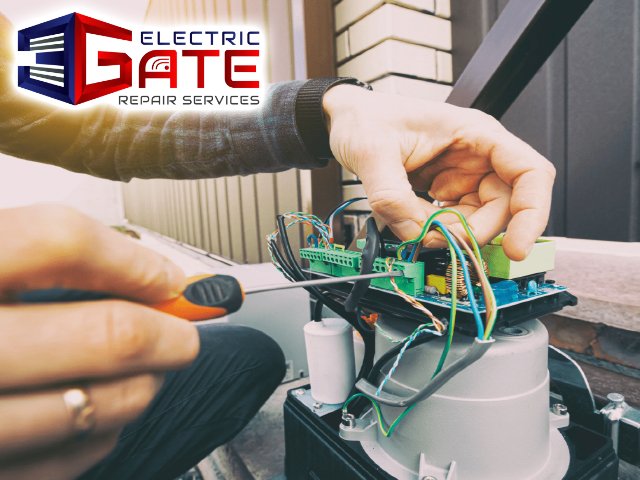Common Reasons an Electric Driveway Gate Stops Opening
Reason 1. The Most Common Cause: Remote Control Problems
This is the usual first suspect. If the door doesn’t respond to the remote but does respond to the button on the wall inside the garage, the problem is with the remote. Common Reasons an Electric Driveway Gate Stops Opening
Cause: Dead batteries. This is the simplest and most common.
Solution: Replace the batteries. Make sure they’re inserted correctly.
Cause: The remote needs to be reprogrammed. A power surge in the neighborhood or a battery that’s been in for too long can erase the memory.
Solution: Consult your door operator’s manual to reprogram the remote. It’s usually a simple process that involves pressing a button on the drive unit.
Cause: Physical damage or interference. The remote may have been damaged by a drop or coming into contact with water.
Solution: Try a replacement remote. If it works, the problem was the original remote.
Electric Gate Repair Services | Gate Maintenance

Reason 2. Power Outage: Is the System On?
It seems obvious, but it’s often overlooked. A power interruption is a critical reason.
Cause: The circuit breaker or fuse has tripped. The garage door opener is connected to a specific circuit in your electrical panel.
Solution: Locate your electrical panel and check if the breaker corresponding to the garage door is in the “OFF” position. Switch it to “ON.” If it uses fuses, replace it.
Cause: The power cord is unplugged.
Solution: Trace the cord from the opener to the wall outlet and make sure it is firmly connected.
Reason 3. The Ultimate Safety Mechanism: Photocells (Safety Sensors)
These small devices, located on both sides and at the base of the door tracks, emit an invisible beam of light. If something or someone interrupts this beam while the door is closing, it will stop and reverse direction immediately. It is a vital safety system.
Cause: The sensors are misaligned. A slight bump, vibration, or wind can move them by millimeters, disrupting the beam alignment.
Solution: Observe the lights on the sensors. Typically, one will have a green light (transmitter) and the other a yellow or red light (receiver). If the receiver’s light is flashing or red, it means it is not receiving the signal. Carefully adjust the position of the receiving sensor until the light becomes stable and the color indicated in the manual (usually solid green or yellow).
Cause: Dirt or obstacles. Cobwebs, dust, leaves, or even a toy can block the beam.
Solution: Thoroughly clean the lenses of both sensors with a soft cloth.

